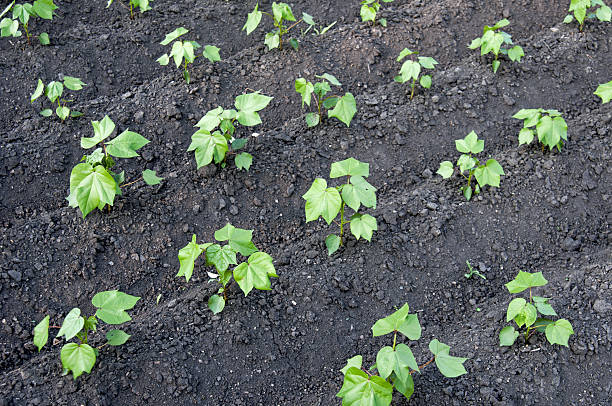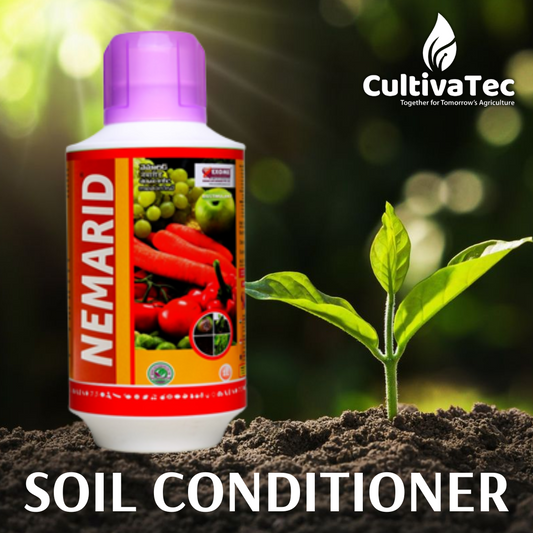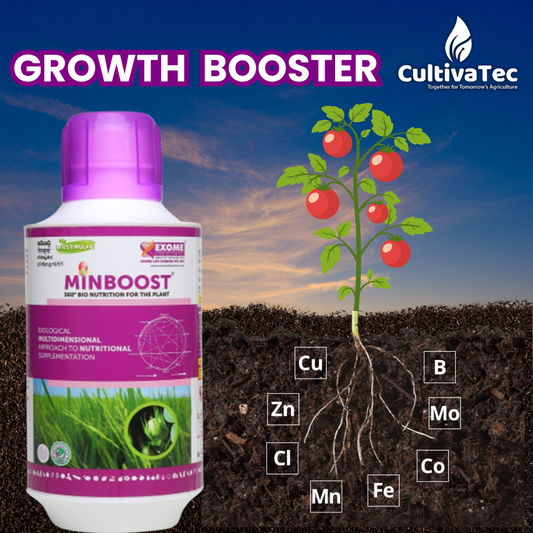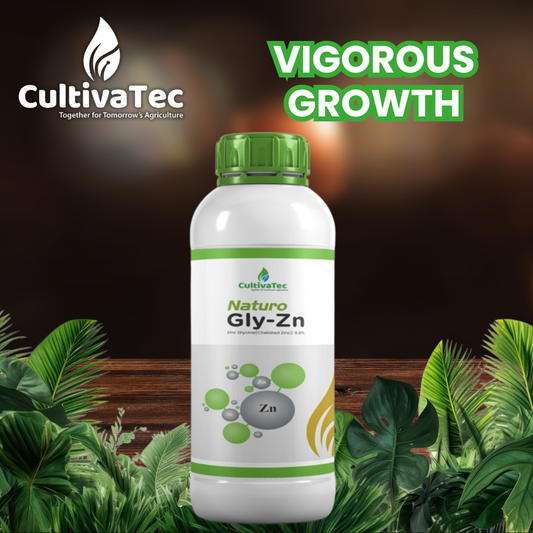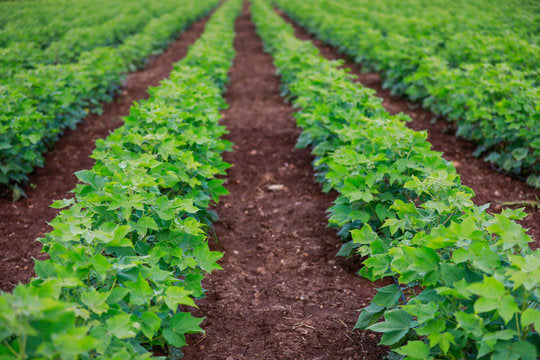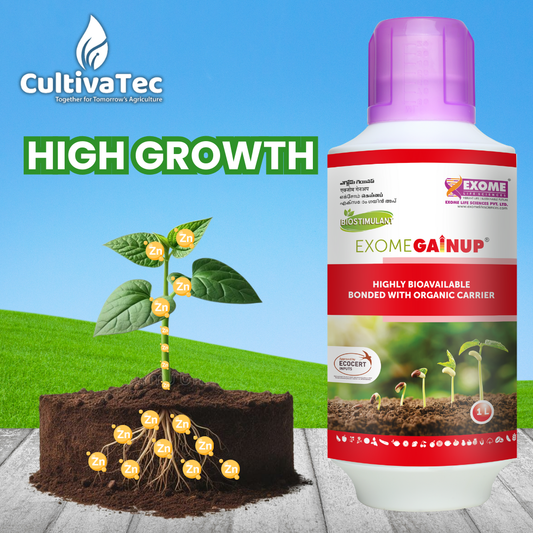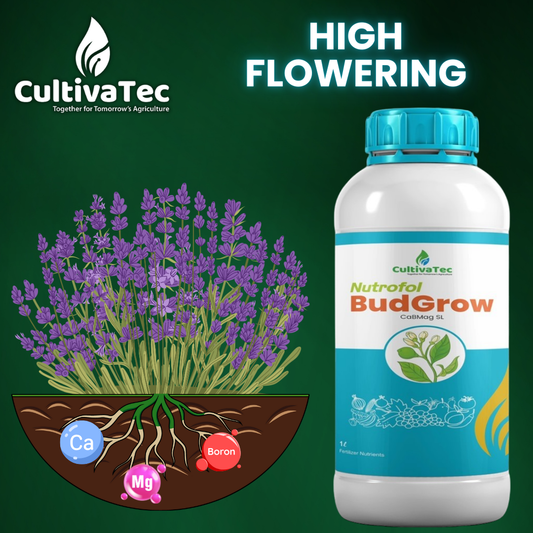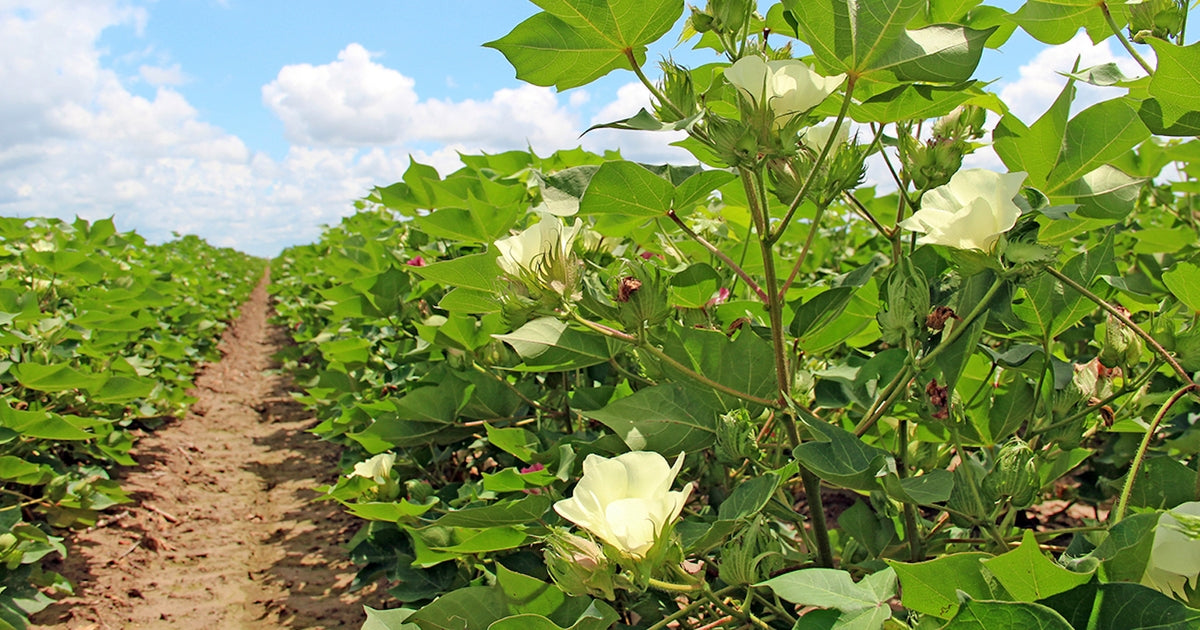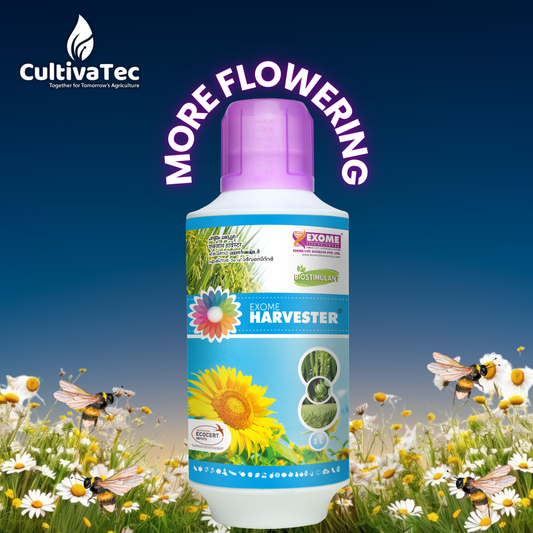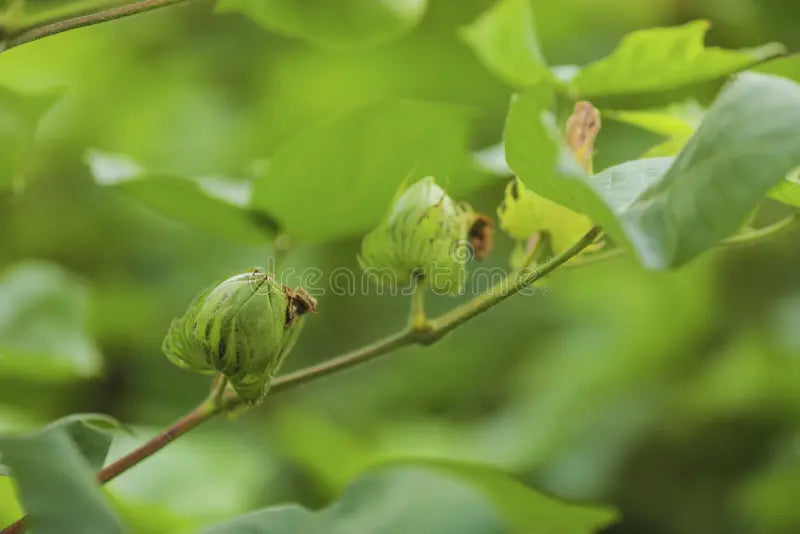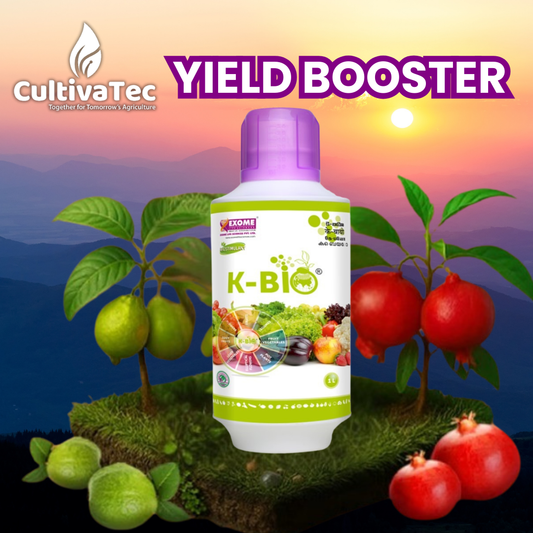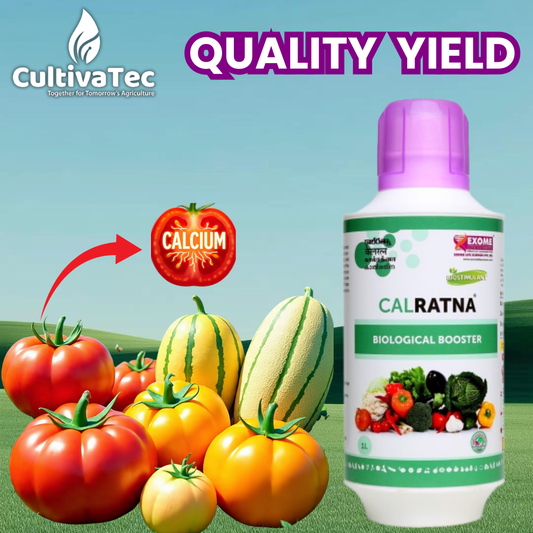cultivatec smart practice
Cultivatec
Expected fertilizer and Agrochemical Expenditure
Rupee 23,000
Expected Harvest
15 quintal/acre
Expected Income [Rs]
Rupee 75,000
standard practice
Standard farming
Expected fertilizer and Agrochemical Expenditure
Rupee 26,000
Expected Harvest
12 quintal/acre
Expected Income [Rs]
Rupee 60,000
Stage 1: Vegetative Growth to Squaring (2–5 weeks)
The main stem elongates, true leaves expand, and side branches start forming. Roots grow deep and spread wide, setting up the plant for strong flowering later.
Ideal temperatures are 25–35 °C; growth slows below 15 °C and heat stress begins above 38–40 °C, especially with low moisture. Water needs rise from about 2 mm/day to 5 mm/day as the canopy grows.
Nutrient support should focus on nitrogen for leaves and stems, phosphorus for strong roots, and early zinc correction. Organic matter, compost, and early soil conditioners improve long-term fertility.
Base fertility & soil health
Remove and destroy the infected plant debris after deep ploughing in summer months (June–July)
-
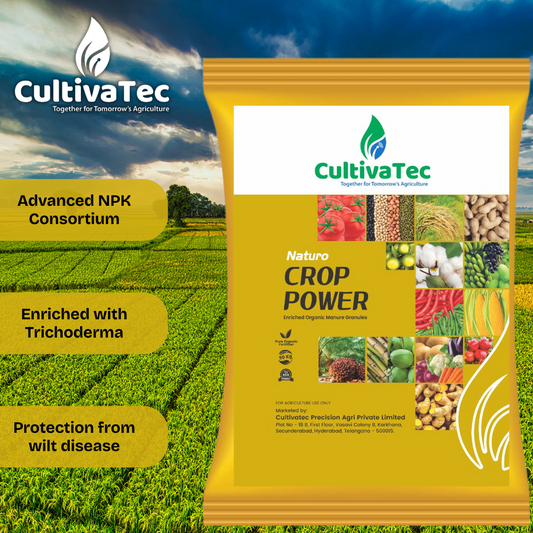 28% OFF
28% OFFCrop Power
Advanced NPK Consortium Enriched with Trichoderma
Regular price MRP: ₹888.00Regular priceUnit price perMRP: ₹ 1,250.00Sale price ₹888.00Sale - OR
-
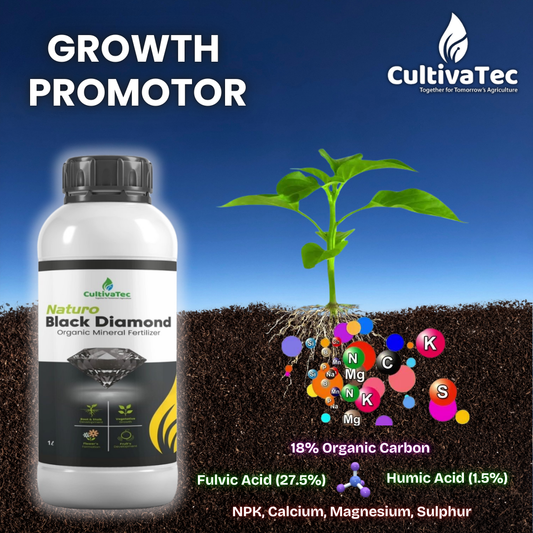 19% OFF
19% OFFBlack Diamond
Premium Biostimulant & Organic Carbon Booster
Regular price MRP: ₹888.00Regular priceUnit price perMRP: ₹ 1,100.00Sale price ₹888.00Sale - OR
-
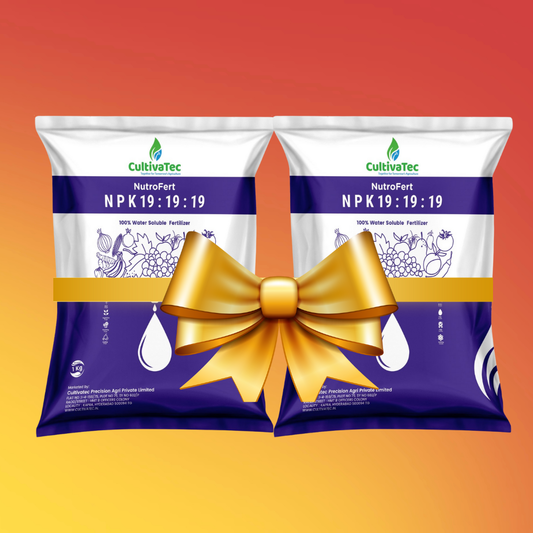 72% OFF
72% OFFNutrofert NPK 19:...
Regular price MRP: ₹165.00Regular priceUnit price perMRP: ₹ 600.00Sale price ₹165.00Sale - OR
Roots & early deficiency fixes
Remove and destroy the infected plant debris after deep ploughing in summer months (June–July)
- OR
- OR
- OR
Stage 2: Squaring (5–9 weeks)
Fruiting branches develop and small squares (flower buds) form. The plant shifts from vegetative growth to reproductive preparation, and the canopy begins to close.
Ideal temperatures are 25–35 °C; heat above 40 °C can damage pollen and reduce square retention. Water demand nears peak at 5–7 mm/day, so consistent irrigation is critical.
Balanced nutrition with potassium for bud strength, moderate nitrogen, and phosphorus for ongoing growth is key. Foliar boron and zinc help secure blooms, and biostimulants support root activity under stress.
More branches & canopy
Remove and destroy the infected plant debris after deep ploughing in summer months (June–July)
-
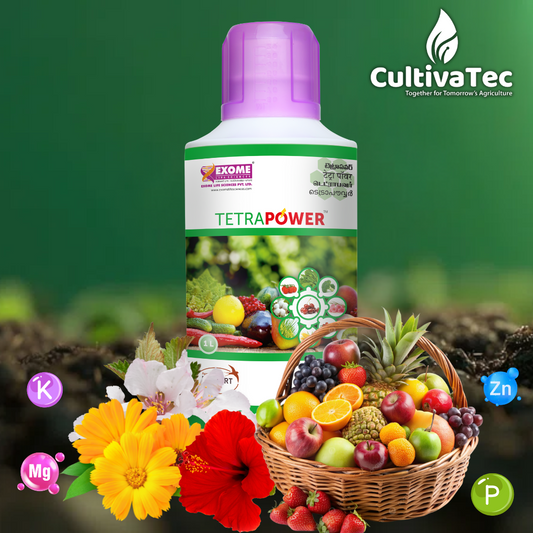 26% OFF
26% OFFTetrapower
Multi-Nutrient Formula for Vegetative Growth & Flowering
Regular price MRP: ₹444.00Regular priceUnit price perMRP: ₹ 605.00Sale price ₹444.00Sale - OR
- OR
-
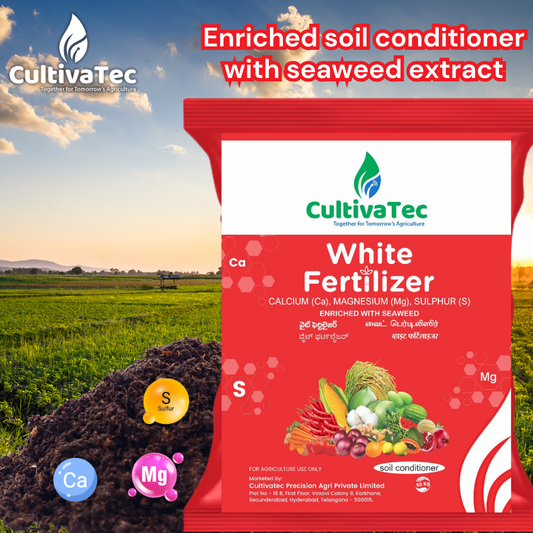 31% OFF
31% OFFWhite Fertilizer
Enriched soil conditioner with seaweed extract
Regular price MRP: ₹888.00Regular priceUnit price perMRP: ₹ 1,300.00Sale price ₹888.00Sale - OR
For healthy squares
Remove and destroy the infected plant debris after deep ploughing in summer months (June–July)
- OR
-
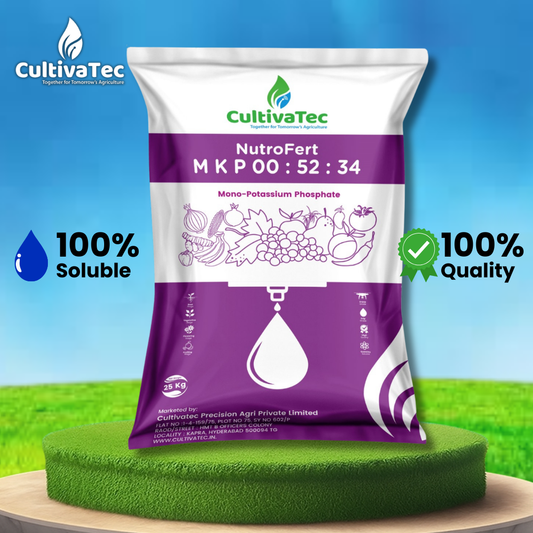 30% OFF
30% OFFNutrofert MKP 00:...
Enhances Flowering, Fruit Setting & Crop Quality
Regular price MRP: ₹275.00Regular priceUnit price perMRP: ₹ 395.00Sale price ₹275.00Sale - OR
- OR
Stage 3: Flowering
Flowers open and pollination begins; this is the most sensitive stage for yield. Stress now can cause flower drop and reduced boll set. Temperatures of 25–35 °C are optimal; water needs peak at 6–8 mm/day. Even short drought or heat spells can affect retention and fiber quality. Nutrition should be potassium-forward, with boron for pollination and calcium for flower strength. Nitrogen should be minimal unless plants are pale and stunted.
For overall vigor & nutrition
Remove and destroy the infected plant debris after deep ploughing in summer months (June–July)
-
 19% OFF
19% OFFBlack Diamond
Premium Biostimulant & Organic Carbon Booster
Regular price MRP: ₹888.00Regular priceUnit price perMRP: ₹ 1,100.00Sale price ₹888.00Sale - OR
- OR
- OR
For strong flowers
Remove and destroy the infected plant debris after deep ploughing in summer months (June–July)
-
 30% OFF
30% OFFNutrofert MKP 00:...
Enhances Flowering, Fruit Setting & Crop Quality
Regular price MRP: ₹275.00Regular priceUnit price perMRP: ₹ 395.00Sale price ₹275.00Sale - OR
-
 26% OFF
26% OFFTetrapower
Multi-Nutrient Formula for Vegetative Growth & Flowering
Regular price MRP: ₹444.00Regular priceUnit price perMRP: ₹ 605.00Sale price ₹444.00Sale - OR
-
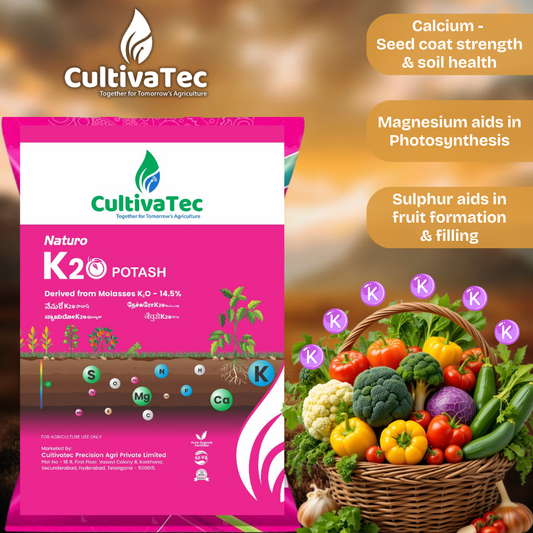 13% OFF
13% OFFK-20 Organic Pota...
Potash Derived from Molasses + CMS
Regular price MRP: ₹950.00Regular priceUnit price perMRP: ₹ 1,100.00Sale price ₹950.00Sale - OR
Boll Formation
Pollinated flowers turn into bolls, and cells inside expand rapidly. The plant’s energy is now directed fully into boll growth.
Ideal temperatures are 25–35 °C, and water demand remains high at 6–7 mm/day. Avoid large wet–dry cycles, which can cause boll shed.
Support with high potassium for cell expansion, calcium and boron to strengthen bolls, and controlled nitrogen to avoid excessive leaf growth.
For better fiber quality
Remove and destroy the infected plant debris after deep ploughing in summer months (June–July)
-
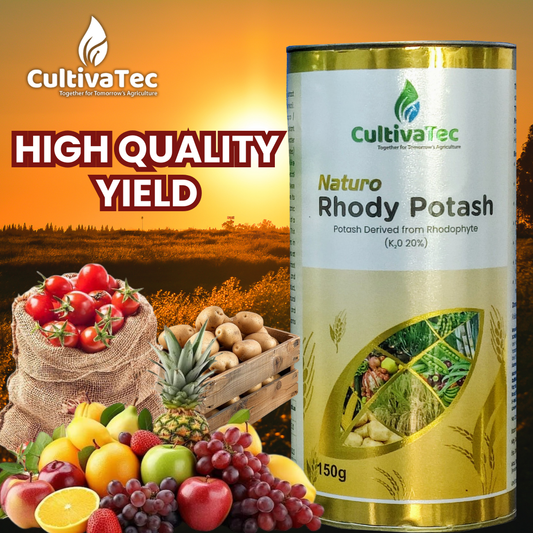 11% OFF
11% OFFRhody Potash
Premium Bioavailable Potash with Sulphur
Regular price MRP: ₹799.00Regular priceUnit price perMRP: ₹ 900.00Sale price ₹799.00Sale - OR
- OR
- OR
For bigger bolls
Remove and destroy the infected plant debris after deep ploughing in summer months (June–July)
-
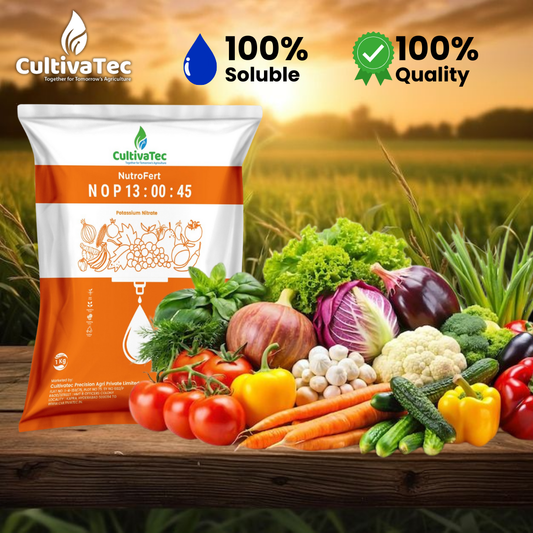 26% OFF
26% OFFNutrofert NOP 13:...
Boosts Fruit Setting, Color & Crop Maturity
Regular price MRP: ₹185.00Regular priceUnit price perMRP: ₹ 250.00Sale price ₹185.00Sale - OR
- OR
- OR




